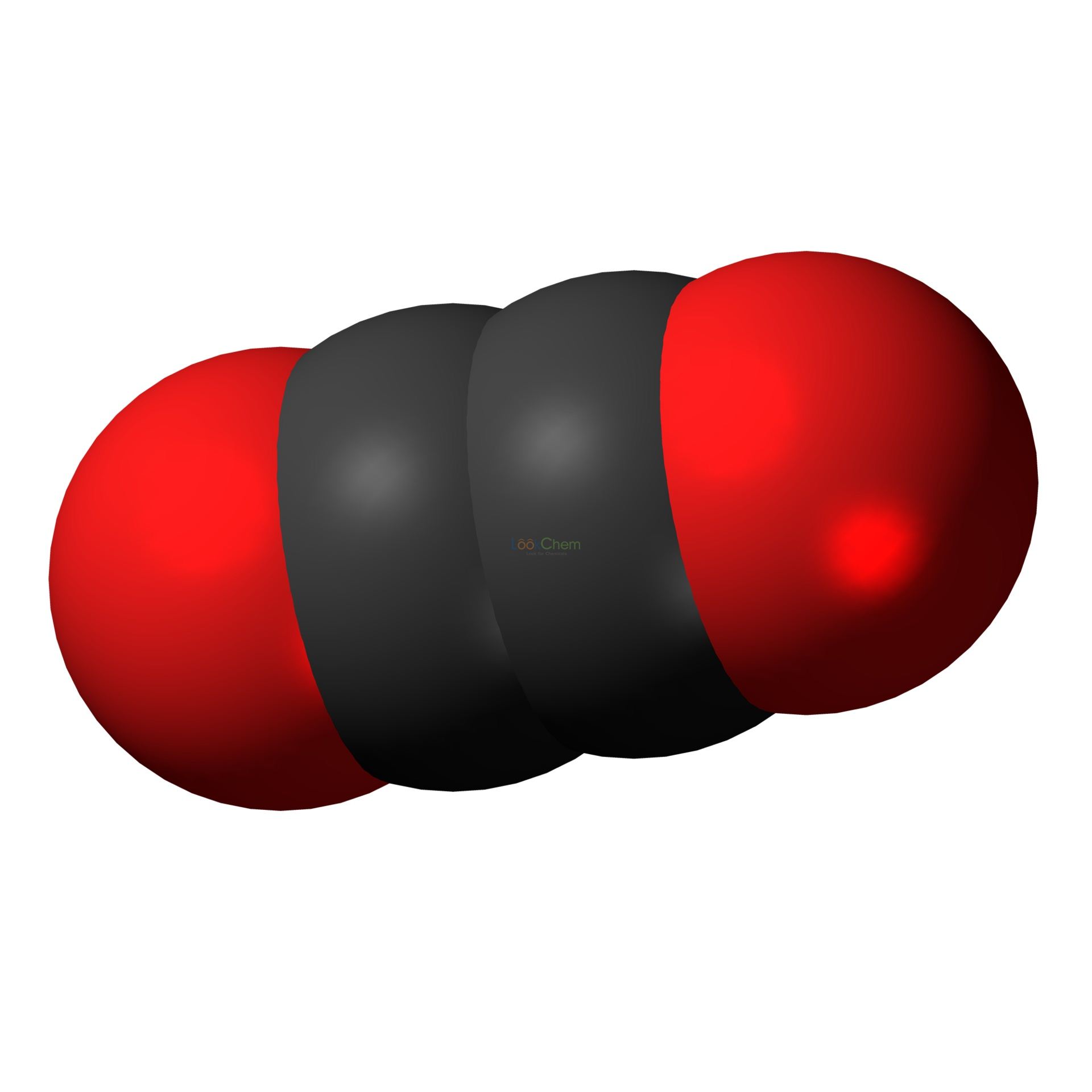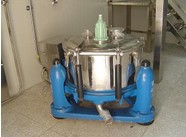Product Description
Methyldienedione

- 5173-46-6
- C18H22O2
Brief Description
| Product name | Methyldienedione |
| Synonyms | Estra-4,9-Diene-3,17-Dione |
| MOQ | 25KG |
| CAS No. | 5173-46-6 |
| Appearance | An almost white powder |
| Molecular Formula | C18H22O2 |
| Molecular Weight | 270.3661 |
| Assay | 99% |
| Application | Pharma grade or research purpose |
| Packing | As per your request |
| Storage | Preserve in tight, light-resistant containers in a cool place |
| Remarks | NA |
| Custom synthesis | Available |
| Supply Ability | 10000kg/month |
Medical use
Ethylene dione or ethylenedione, also called dicarbon dioxide, ethenedione, or ethene-1,2-dione, is a chemical compound with the formula C2O2 or OCCO. It is the carbon-carbon covalent dimer of carbon monoxide and belongs to the oxocarbon series. Because it is a dimer, it shares an empirical formula with CO. It can be thought of as ketene of glyoxylic acid (OHCCOOH).
The existence of OCCO was first suggested in 1913. However, despite its deceptively "simple" structure, for over a century the compound had eluded all attempts to synthesize and observe it. Such elusive nature had earned OCCO the reputation of a hypothetical compound and a mysterious, "exceedingly coy molecule".
It was not until 2015 that a group of chemists from the University of Arizona in Tucson (United States) reported the first spectroscopic characterization of OCCO, confirming its existence as a transient molecule. The Arizona group created OCCO using laser light to eject electrons from the corresponding stable singly-charged anions. Recently, spectra of oxyallyl diradical, C3H4O, were also found to have features nearly identical to those reported for OCCO and the spectra for ethylenedione reported by the Arizona group is reassigned to the oxyallyldiradical. In conclusion, the long-lived states of ethylenedione, sought experimentally for over a century, remain unobserved. Recently, the in situ preparation and characterization of the OCCO through low-energy free-electron induced single molecular engineering has also been theoretically proposed by scientists from Bhabha Atomic Research Centre (India).
Despite the existence of the closed-shell Kekulé structure, O=C=C=O, the lowest bound state of ethyledione is a triplet. Therefore, bound OCCO is formally a diradical, with an electronic structure motif similar to the oxygen molecule. However, when the molecule is distorted away from its equilibrium geometry, the potential surfaces of the triplet and singlet states intersect, allowing for intersystem crossing to the singlet state, which is unbound and dissociates to two ground-state CO molecules. The timescale of the intersystem crossing was predicted to be 0.5 ns, making triplet OCCO a transient, yet spectroscopically long-lived molecule.
On the other hand, the monoanion of ethylenedione, OCCO−, as well as the divalent anion, called acetylenediolate, are both stable.
Our Factory:


